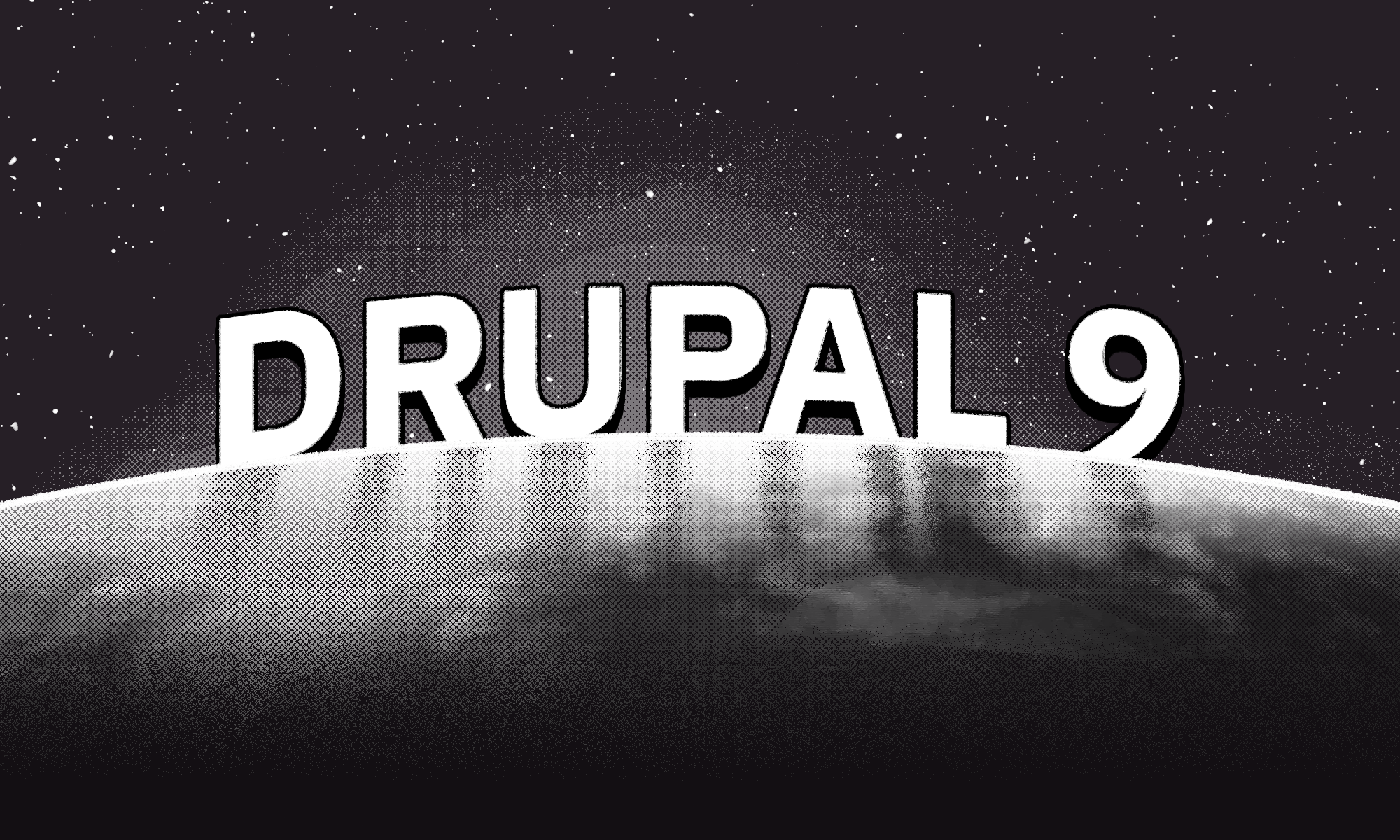
More than two years ago I wrote about Drupal’s much-improved upgrade path and what it means for the future. What I wrote then is still true today: after Drupal 8, upgrading to new major versions (Drupal 9, Drupal 10, etc.) will be much, much easier than it was in the past. The difference will be night and day. That’s great news for all the poor folks still suffering PTSD from their last major Drupal migration.
Now Drupal 9 is right around the corner and it’s time to make sure you’re ready. Here’s a quick run-down on how to prepare for Drupal 9.
If you’re running Drupal 8 right now:
Upgrading to Drupal 9 should be as simple as any minor release update (i.e. upgrading from Drupal 8.7 to 8.8). You’ll just need to make sure your codebase is up-to-date with the latest versions and APIs. Here’s a quick and simple checklist to make sure you’re ready for Drupal 9 (this assumes you’re currently on Drupal 8, using a composer-based setup, and have the drush command line utility installed).
- Keep Drupal core updated to the most recent stable version (as of today that’s Drupal 8.8.8). In most cases, using
composer update drupal/coreanddrush updatedbwill do the trick. - Likewise, keep contributed modules up to date. Use
composer outdatedto list available updates, andcomposer update drupal/[module name]to upgrade modules selectively. Alternatively, you can bulk update everything withcomposer update. After updating modules, rundrush updatedbto perform any necessary database updates. - Test your updated website. Automated tests are a huge help, but depending on what exactly was updated and how large your website is, you might also get by with just clicking around and making sure things work.
- Update your custom code. There are a number of tools available for finding outdated code in your website. Matt Glaman’s “drupal-check” identifies deprecated code in your Drupal 8 codebase. Drupal rector helps automatically update outdated code to the latest, Drupal 9 -compatible alternative.
- Rinse and repeat. It’s a good idea to keep things updated monthly, and of course whenever there are security-related updates.
If you’re not running Drupal 8 right now:
First, the bad news: just like migrating to Drupal 6 or 7 before, migrating to Drupal 8 is a serious undertaking. Think “software development project” rather than “product upgrade.” Considering the magnitude of the effort, this is a good time to revisit your overarching digital strategy, approach to user experience, and content authoring workflow.
Some good news: With powerful new features, faster-than-ever load-times, and a radically improved upgrade path, Drupal 8 (and Drupal 9) is worth the effort. Even better: as long as you keep your website up-to-date, migrating to the latest version of Drupal will be the last difficult Drupal migration project you ever do.
Need help?
If you’re running Drupal 8: We provide regular, monthly updates for Drupal core, contrib, and custom code. Not only does that help keep your website running smoothly and securely, but it keeps you ready for Drupal 9. Just get in touch and let us know you’re looking for help with monthly Drupal updates.
If you’re not running Drupal 8: We help organizations of all sizes plan, design, and execute Drupal 8 migrations. Drupal 8 migrations aren’t easy, but they’re worth the effort. Get in touch and we’ll share some of our favorite new features for Drupal 8 – like workflow management and drag-and-drop page building. This would be a good time to revisit your overarching digital strategy and approach to user experience.
Want to learn more about getting ready for Drupal 9?
Read This Next
- Leveraging Laravel to Modernize Guttmacher Institute’s Database
- Enhanced Bot Protection with Cloudflare
- The Hidden Costs of Choosing Budget Hosting for Your Drupal or WordPress Website
- Syncing Drupal and React for a Custom Interactive Map for Tampa International Airport
- Drupal 11 is Here! How to Approach an Upgrade
